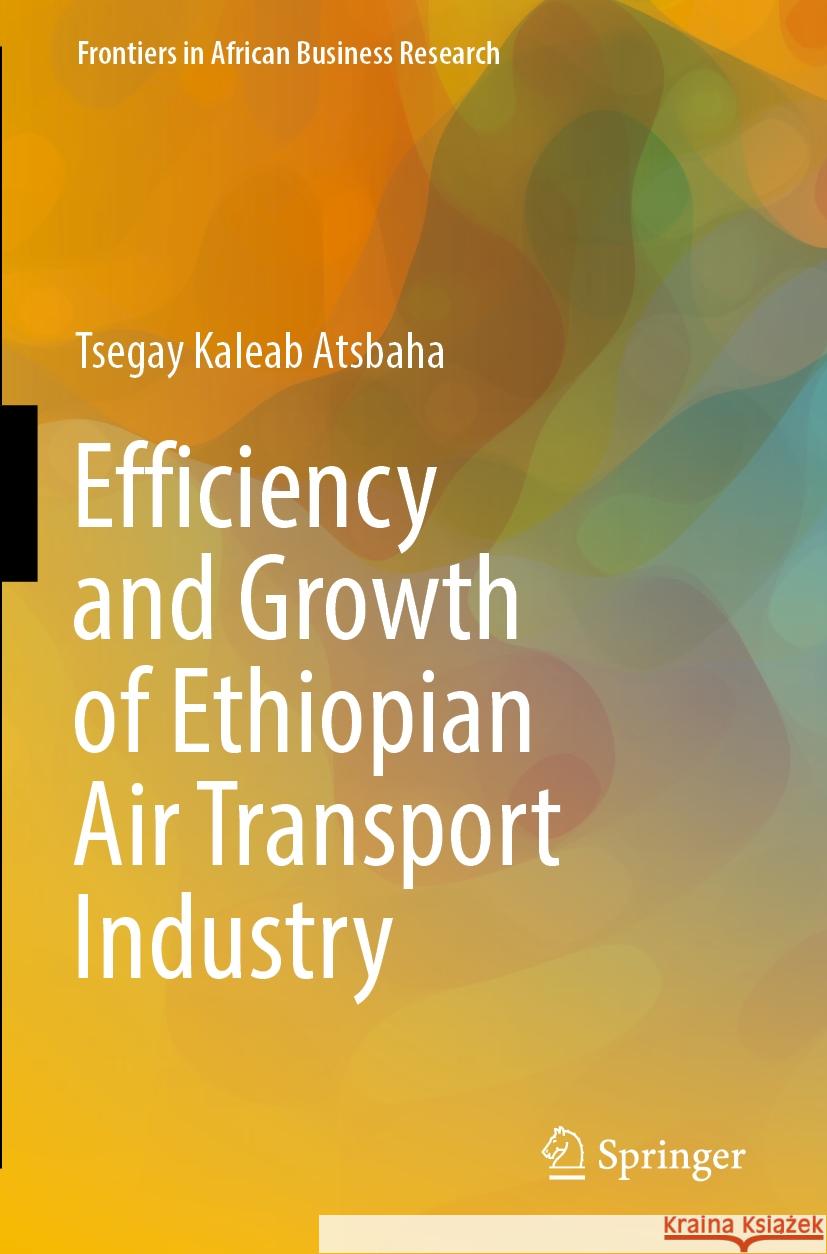Efficiency and Growth of Ethiopian Air Transport Industry » książka
topmenu
Efficiency and Growth of Ethiopian Air Transport Industry
ISBN-13: 9789811934346 / Angielski / Miękka / 2023
Efficiency and Growth of Ethiopian Air Transport Industry
ISBN-13: 9789811934346 / Angielski / Miękka / 2023
cena 403,47 zł
(netto: 384,26 VAT: 5%)
Najniższa cena z 30 dni: 385,52 zł
(netto: 384,26 VAT: 5%)
Najniższa cena z 30 dni: 385,52 zł
Termin realizacji zamówienia:
ok. 22 dni roboczych
Bez gwarancji dostawy przed świętami
ok. 22 dni roboczych
Bez gwarancji dostawy przed świętami
Darmowa dostawa!
This book evaluates the efficiency and growth of the Ethiopian air transport sector through careful analysis. It provides essential research input for air transport industry practitioners in planning and resource management as well as for academics of advanced efficiency analysis who need to work and study in airports and the airline industry.
The book analyzes the theoretical and practical implications of air transport growth determinants, airports' cost and production efficiency, including labor use efficiency by taking their respective determinant factors. The findings and policy implications of each research work provide important inputs for government policymakers and air transport planners to consider the causality of economic growth versus airlines growth and other determinants, to take lessons on the proper resource allocation in the application of airport cost and production efficiency, human capital, investment cost, price of capital, and labor inputs during the development and expansion of airports and airlines.
This book is the first of its kind on the Ethiopian air transport industry and serves as a much-needed reference for the African air transport industry as well as other developing countries in terms of airport costs, production, labor use efficiency and airline growth perspectives.











